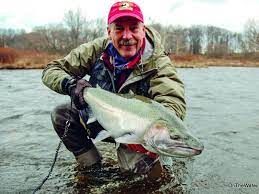
Steelhead Fishing Adventures in Oregon: How to Catch Steelhead Successfully
Steelhead Fishing Adventures in Oregon: How to Catch Steelhead Successfully
Oregon’s majestic rivers weave through scenic landscapes, creating an ideal backdrop for anglers eager to engage in the exhilarating pursuit of steelhead fishing. As we embark on this guide, we’ll delve into the intricate details of fishing in Oregon and how to catch steelhead, offering a comprehensive exploration of techniques, gear essentials, and prime locations to maximize your chances of a successful and memorable catch.
Understanding Steelhead

Before learning how to catch steelhead, let’s learn more about the species!
Steelhead, a captivating sea-run variety of rainbow trout, exhibit unique characteristics that make them a prized catch among anglers. These anadromous fish spend the majority of their lives in the ocean, growing in size and strength, before making the arduous journey back to freshwater to spawn. In Oregon, renowned rivers like the Rogue, Umpqua, and Sandy witness remarkable steelhead runs, presenting anglers with an exciting opportunity to engage in this challenging and rewarding fishing adventure.
Best Times for Steelhead Fishing
The success of a steelhead fishing expedition often hinges on timing, with optimal seasons centered around the fall and spring months. During the fall, anglers can target both summer and winter steelhead, while spring offers prime opportunities for winter steelhead. Conduct thorough research on the specific run timings of the rivers you intend to explore, enhancing your ability to synchronize your fishing excursions with the peak of steelhead activity.
How to Catch Steelhead: Effective Techniques

1. Drift Fishing: This versatile technique involves presenting bait or lures naturally along the riverbed. Experiment with baits like roe, shrimp, and artificial jigs, adjusting your depth to match the water conditions and the steelhead’s preferred holding areas.
2. Float Fishing: Employing a float rig allows for the suspension of bait or lures at desired depths. This technique is advantageous for covering various water depths, providing flexibility to adjust your presentation based on the steelhead’s location in the water column.
3. Swinging Flies: For those seeking a dynamic and visually engaging approach, swinging flies can be highly effective. This technique entails casting and allowing the fly to swing across the current, mimicking the movement of prey. It’s particularly popular for enticing aggressive steelhead.
4. Plunking: A shore-based method, plunking involves fishing stationary bait, such as cured roe or sand shrimp, in areas where steelhead gather before their upstream migration. This technique is effective in slower-moving water and can be a productive approach in the right conditions.
Optimal Gear for Steelhead Fishing
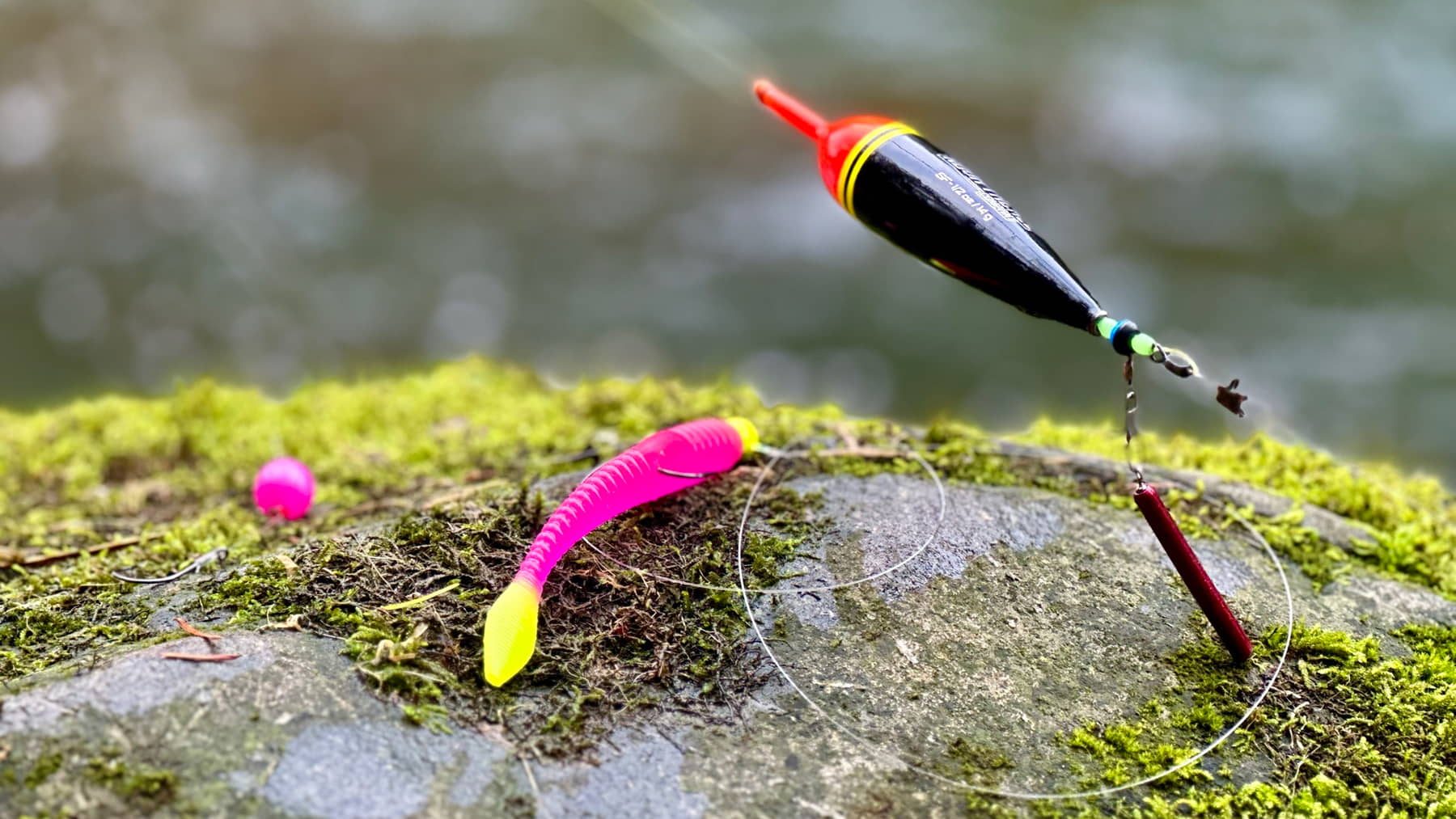
1. Rods and Reels: Selecting the right rod and reel combination is crucial. Opt for medium to medium-heavy spinning or baitcasting rods ranging from 8 to 10 feet. The choice depends on the specific techniques you plan to employ and the size of the steelhead you’re targeting.
2. Lines and Leaders: Utilize quality monofilament or fluorocarbon lines with test strengths matching the conditions and the size of the steelhead. Fluorocarbon leaders provide added stealth, especially in clear water, increasing your chances of enticing wary steelhead.
3. Baits and Lures: Experimentation is key when it comes to baits and lures. Roe, sand shrimp, and artificial lures such as spinners or spoons are popular choices. Tailor your selection based on the water conditions and the steelhead’s feeding preferences on a given day.
4. Waders and Boots: Investing in high-quality waders and boots is essential for navigating riverbanks and shallow waters comfortably. Proper attire not only ensures a pleasant fishing experience but also contributes to your safety in varying river conditions.
Prime Locations for Steelhead Fishing in Oregon

1. Rogue River: Renowned for diverse steelhead runs, the Rogue River offers opportunities to catch both summer and winter steelhead. Focus on sections near Grants Pass for an angling experience that combines challenge and reward.
2. Umpqua River: The Umpqua River is a treasure trove for diverse steelhead fishing experiences. The North Umpqua, in particular, is celebrated for challenging yet highly rewarding steelhead runs.
3. Sandy River: In close proximity to Portland, the Sandy River attracts anglers with its winter steelhead runs. Concentrate your efforts in the lower reaches of the river for potentially productive angling sessions.
4. Deschutes River: The lower Deschutes River stands out for its summer steelhead runs. Nestled amidst stunning canyons, this river section provides a unique and scenic backdrop for anglers seeking an extraordinary fishing experience.
Conservation and Responsible Angling

While the pursuit of steelhead offers excitement, responsible angling practices are crucial to the sustainability of these populations and the health of Oregon’s rivers. Embrace catch-and-release whenever possible, adhere to fishing regulations, and maintain ethical practices to contribute to the long-term well-being of steelhead fisheries.
How to Catch Steelhead with Fishing Charters
Opting for a fishing charter enhances the steelhead fishing experience in Oregon in various ways. Local expertise is a key advantage, with seasoned guides providing insights into the nuanced behaviors and patterns of steelhead in different seasons and locations. Fishing charters also come equipped with optimal gear, ensuring anglers have access to specialized rods, reels, and effective baits and lures.
Beyond the practicalities, these charters take you to scenic and productive steelhead fishing locations along Oregon’s rivers, offering a picturesque backdrop for your angling adventure. Additionally, the time efficiency of fishing charters maximizes the moments spent casting lines, increasing the likelihood of encounters with active steelhead runs.
Wrapping It Up
Embarking on a steelhead fishing adventure in Oregon is not merely an angling expedition; it’s a journey into the heart of the state’s pristine rivers and their vibrant ecosystems. Whether you’re drawn to the challenge of swinging flies or the patience required for plunking, Oregon’s diverse waterways offer a rich tapestry of opportunities for anglers seeking the ultimate steelhead experience.
Armed with the right techniques, optimal gear, and a deep respect for the natural environment, your steelhead fishing expedition in Oregon promises to be a memorable and deeply rewarding adventure. Are you ready to begin your steelhead fishing trip? Contact us now and let us help you catch the fish of your dreams!
Schedule your Oregon Fishing Charter Today!
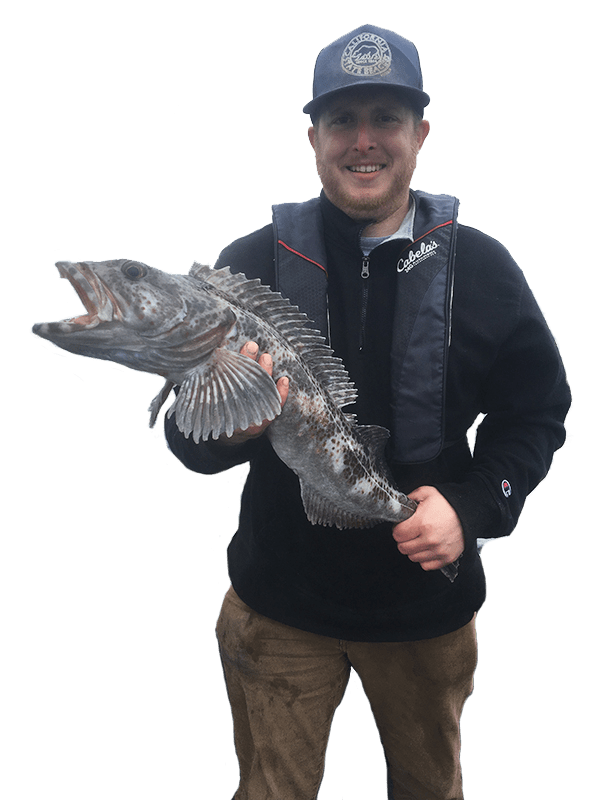


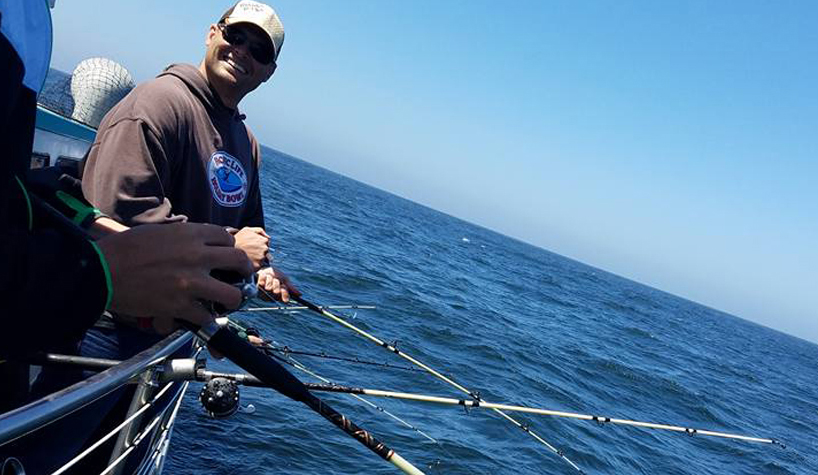
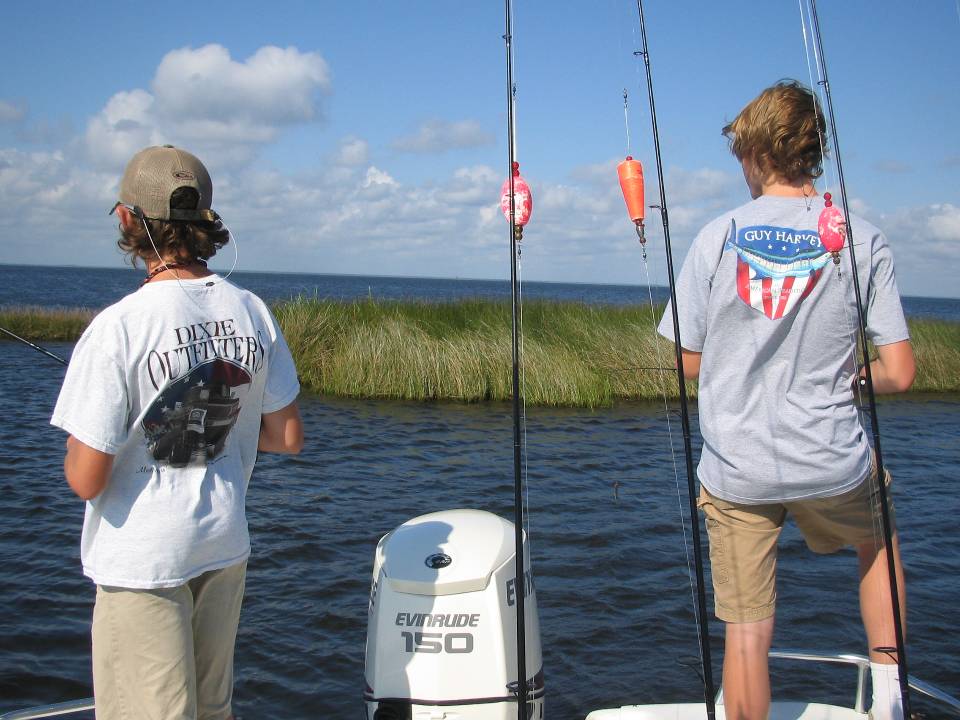
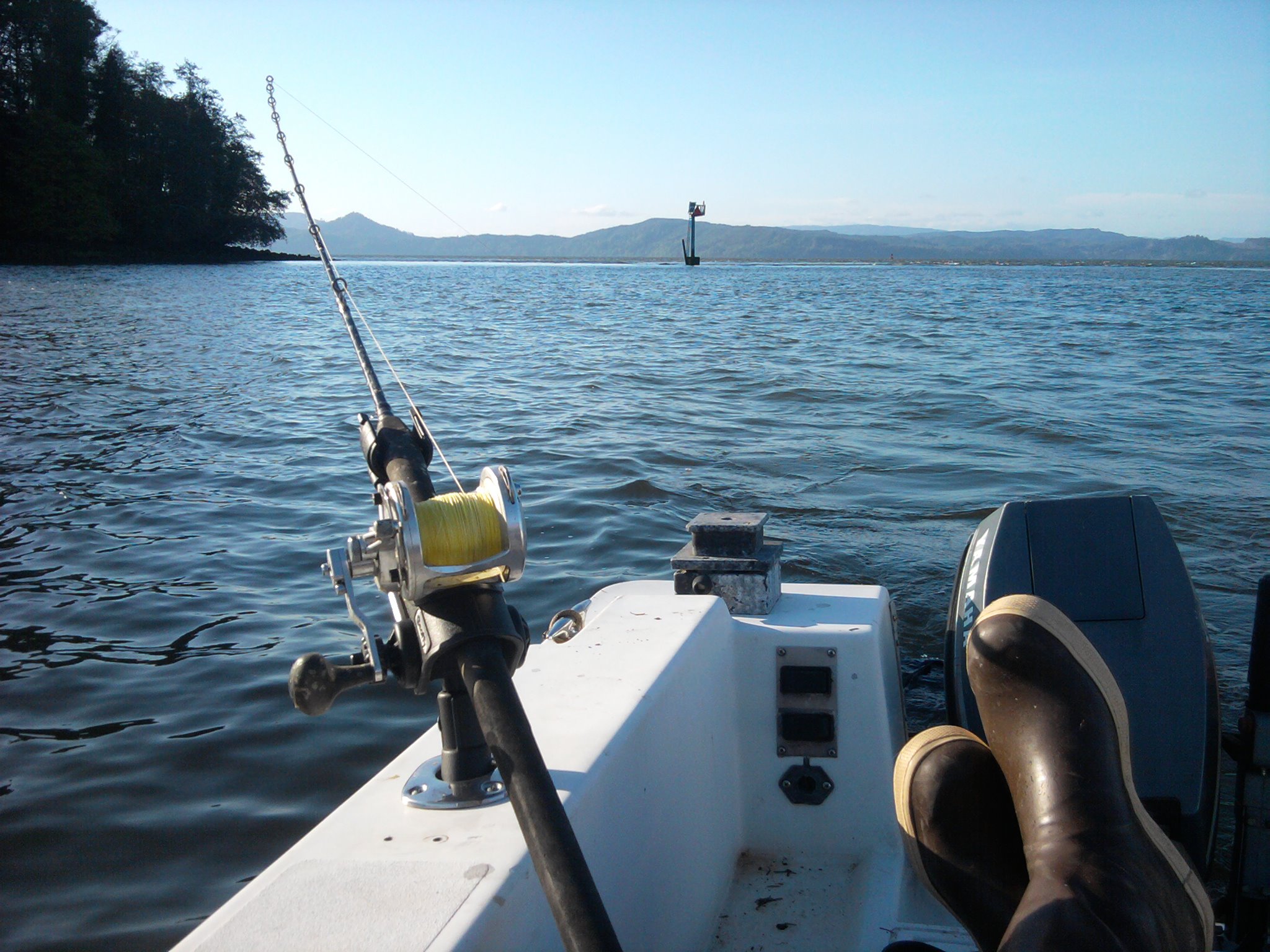

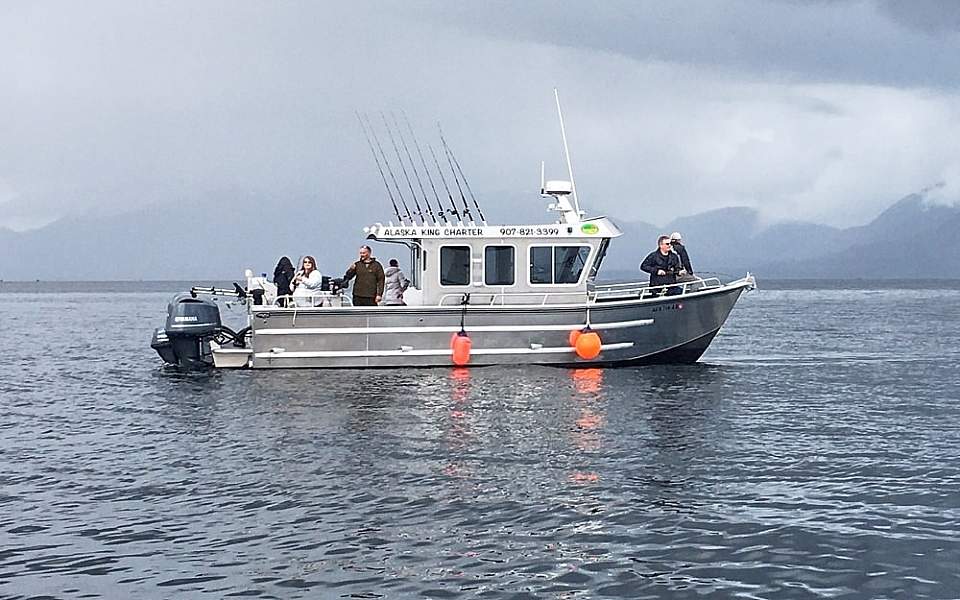

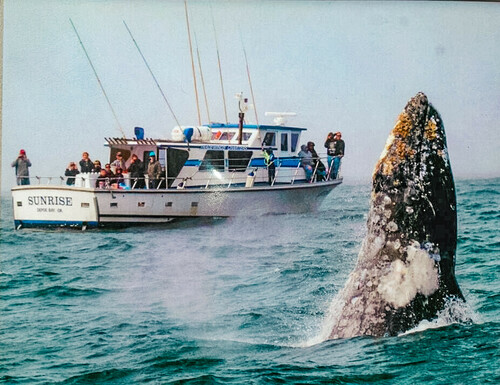
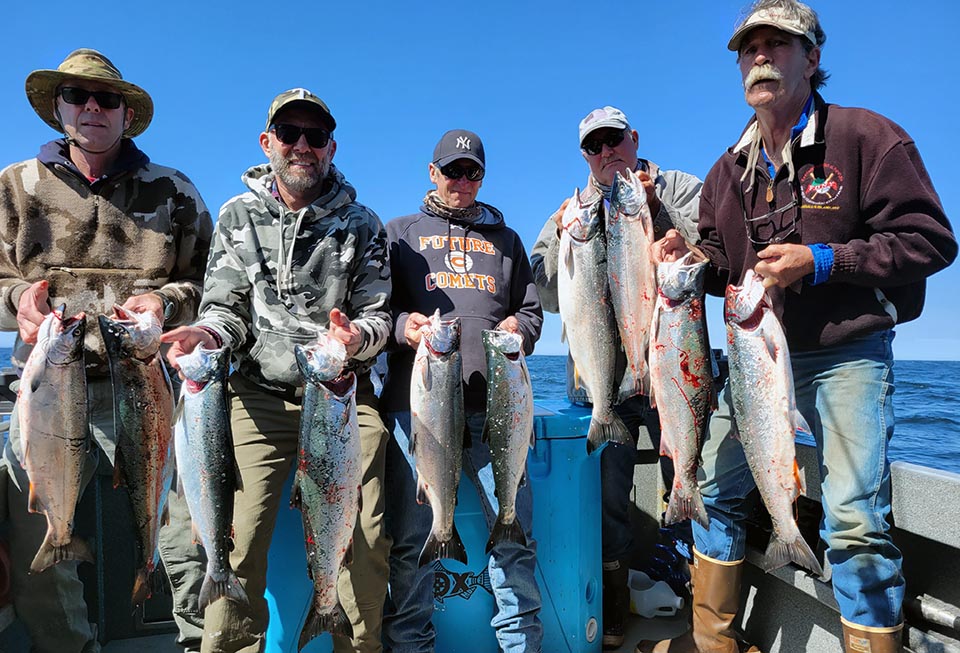
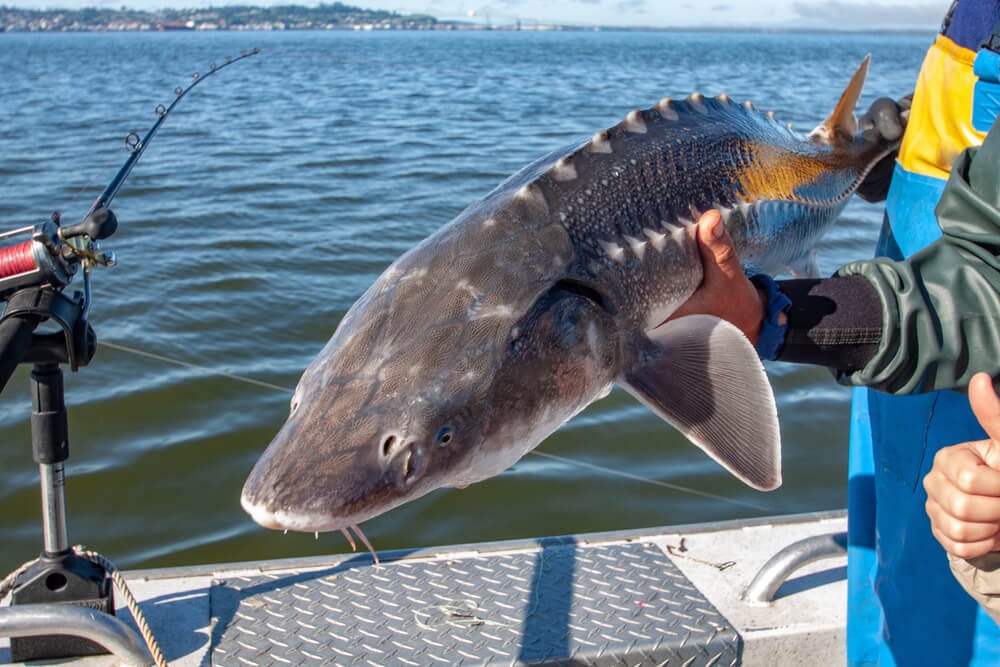
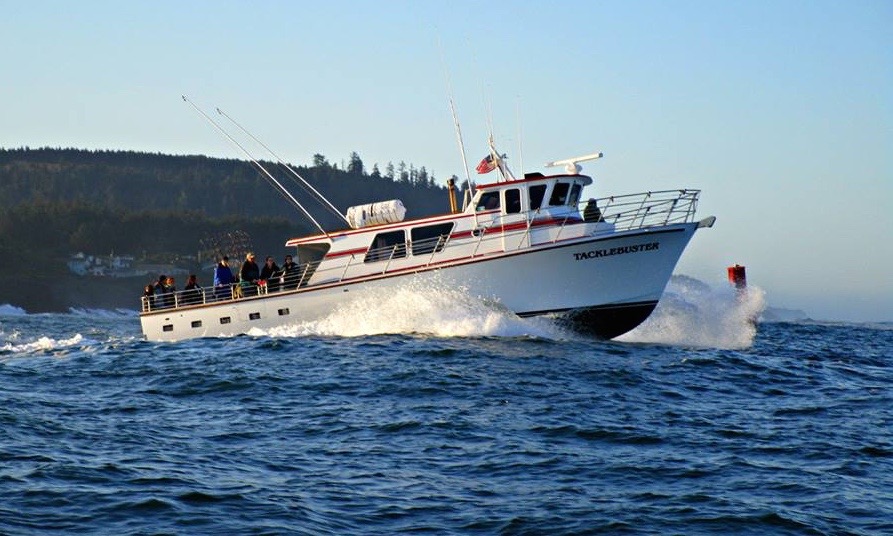
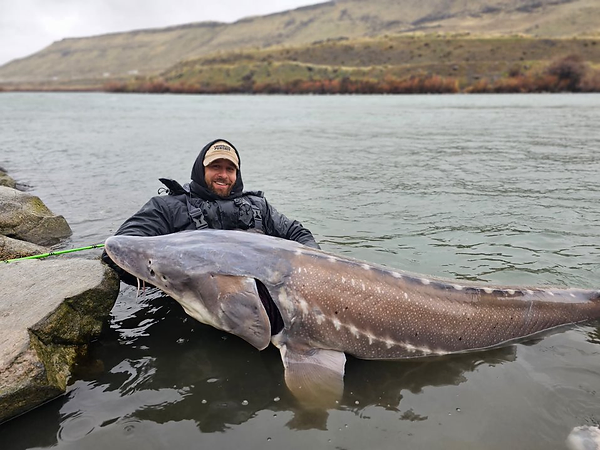


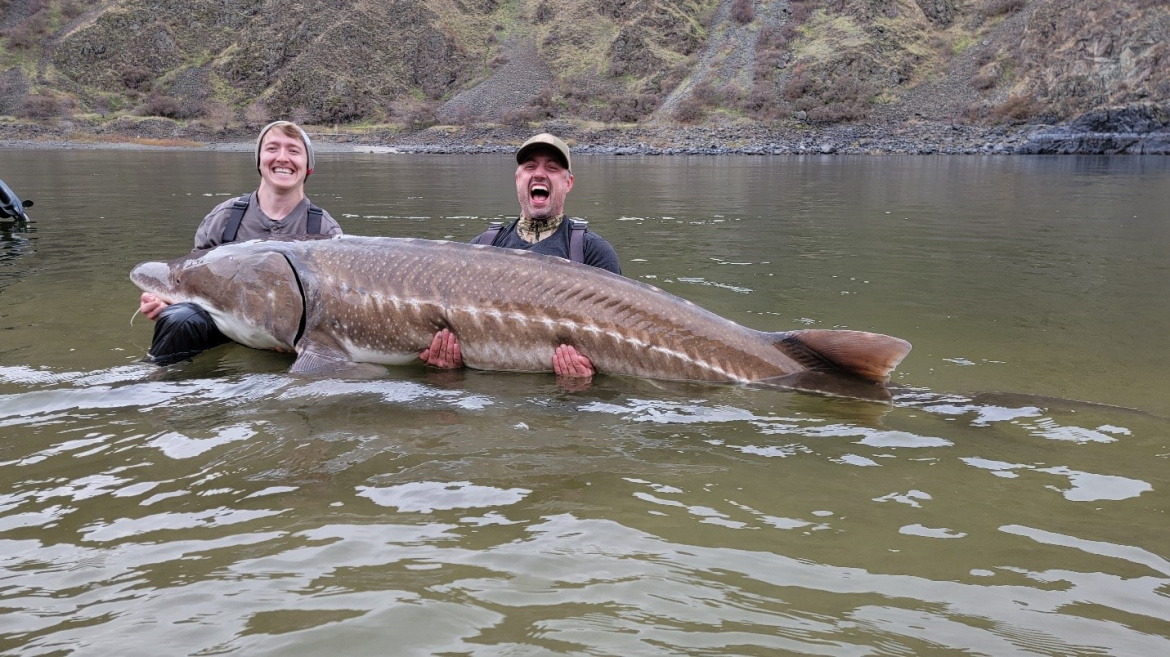
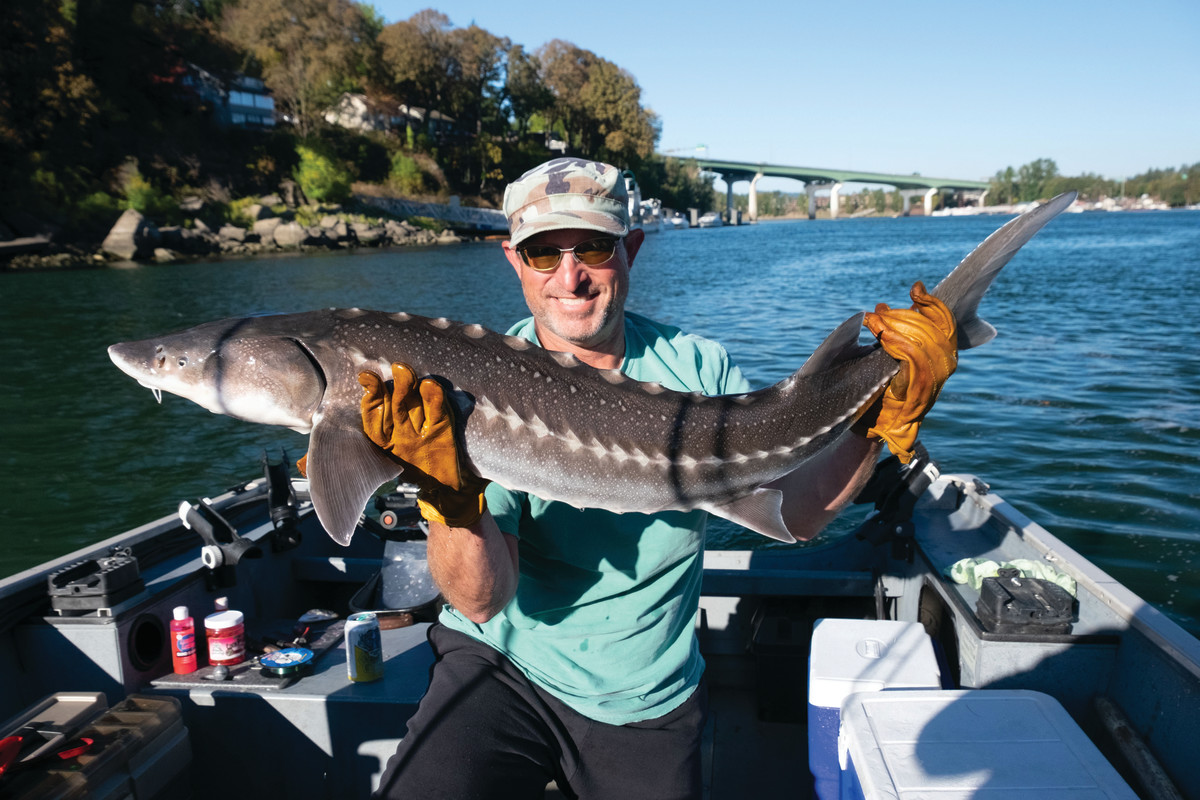
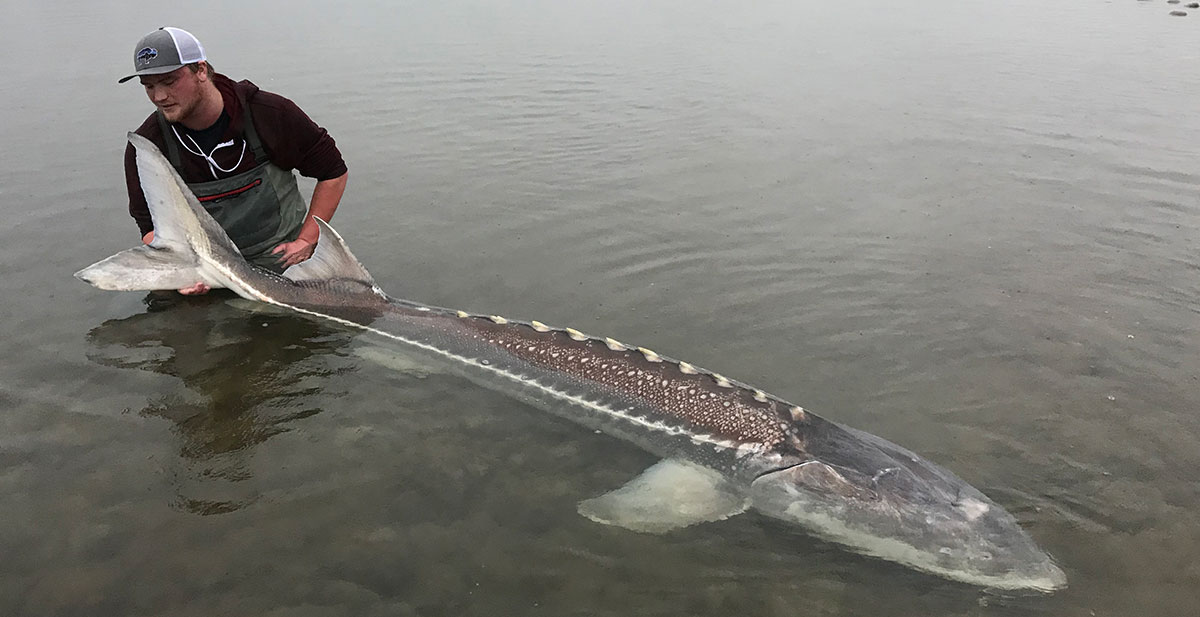
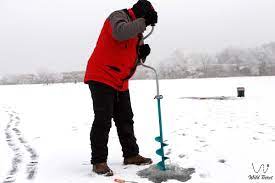


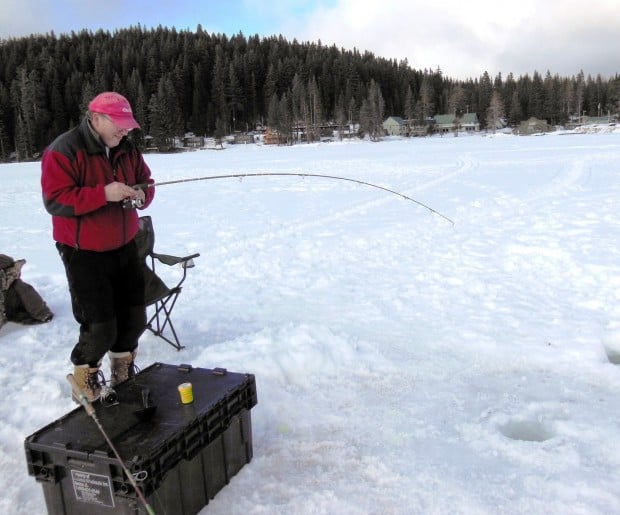
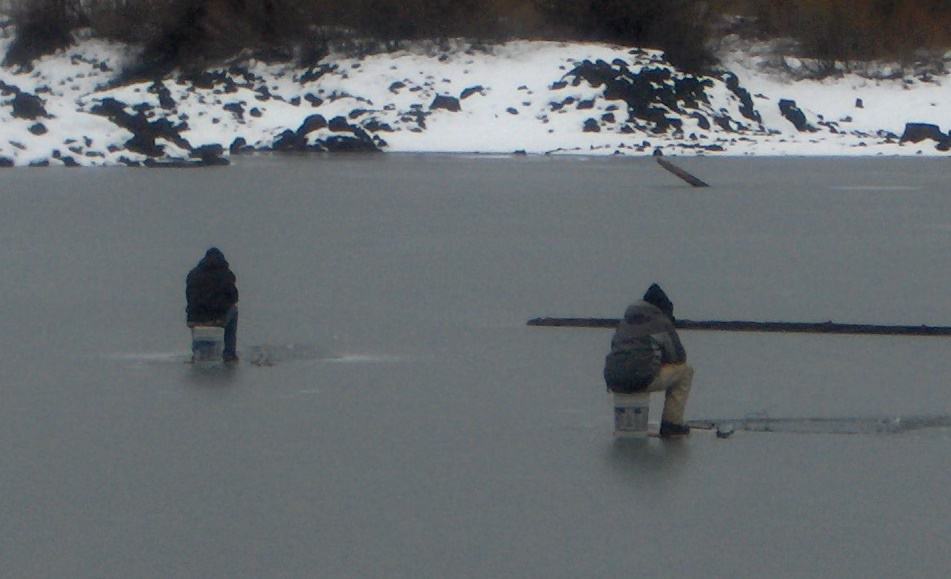
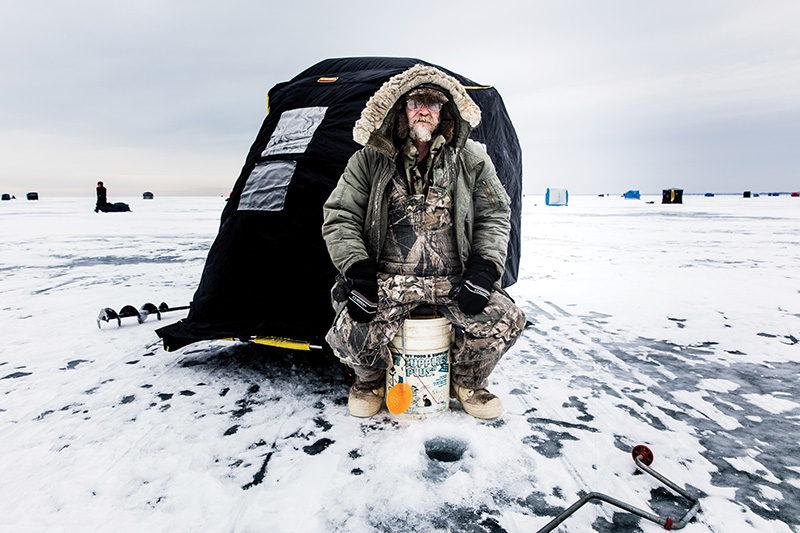
Recent Comments